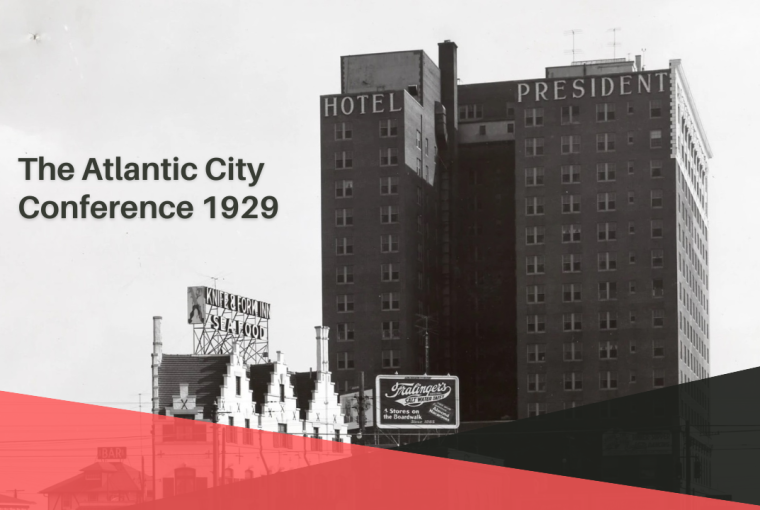In the annals of American history, the Atlantic City Conference of 1929 occupies a significant place, marking a pivotal moment in the development of organized crime in the United States. This clandestine gathering of some of the nation’s most notorious gangsters, mobsters, and bootleggers laid the foundation for the syndicate’s rise to power and influence.
Let us delve into the key events and implications of the infamous Atlantic City Conference.
Setting the Stage
The conference took place during the Prohibition era, a period from 1920 to 1933 when the manufacturing, sale, and transportation of alcoholic beverages were banned. As a result, the illicit trade of alcohol became a lucrative enterprise, leading to the rise of organized criminal activities across the country. It was against this backdrop that the Atlantic City Conference emerged as an attempt to unite and coordinate various criminal factions for mutual benefit.
The Gathering of Criminal Masterminds
On May 13, 1929, prominent gangsters from all corners of the nation converged upon the seaside resort town of Atlantic City, New Jersey. The conference was held at the President Hotel, a luxurious venue that had been transformed into a den of intrigue and power. Notable attendees included Al Capone, Lucky Luciano, Meyer Lansky, and Frank Costello, among others, all notorious figures in the world of organized crime.

Agenda and Decision-Making
The primary objective of the Atlantic City Conference was to establish a national syndicate that would regulate criminal activities, specifically focusing on bootlegging operations, gambling, and labor racketeering. The conference participants sought to establish a system of territorial divisions to avoid unnecessary conflicts, effectively creating a framework for cooperation and sharing of profits.
One of the most significant outcomes of the conference was the formation of The Commission, a governing body comprising the most influential crime bosses. The Commission would be responsible for arbitrating disputes, maintaining order within the criminal underworld, and making crucial decisions on matters of national importance. This centralized authority structure streamlined criminal operations, leading to increased efficiency and profitability.
Impact on Organized Crime
The Atlantic City Conference acted as a catalyst for the expansion and consolidation of organized crime in the United States. By establishing clear territorial boundaries, the conference minimized conflicts between criminal factions and allowed for the efficient allocation of resources. This newfound unity enabled mobsters to maximize their profits and extend their influence into legitimate businesses, further solidifying their power.
The conference also gave rise to the concept of “national crime,” erasing regional distinctions and fostering interconnections between criminal organizations across state lines. The Commission’s authority and decision-making power significantly contributed to the long-term stability and success of organized crime syndicates.
Legacy and Lessons Learned
The Atlantic City Conference of 1929 remains an infamous event in American history, forever etched in the collective memory as a symbol of the era’s lawlessness and the audacity of criminal masterminds. Its legacy serves as a cautionary tale about the potential consequences of societal prohibitions and the unintended consequences that may arise.
Additionally, the conference’s impact on law enforcement and subsequent efforts to combat organized crime cannot be overlooked. The creation of The Commission prompted law enforcement agencies to adapt and evolve their strategies, leading to the establishment of specialized units dedicated to tackling organized criminal activities.
- A List of Offenses that Are Considered Felonies in Rhode Island - October 5, 2024
- Crypto Currencies in Japanese Online Casinos: Where Convenience Meets Risk - October 1, 2024
- A Complete List of Crimes that Can Push Service Members to Attend Court- Martials - October 1, 2024









